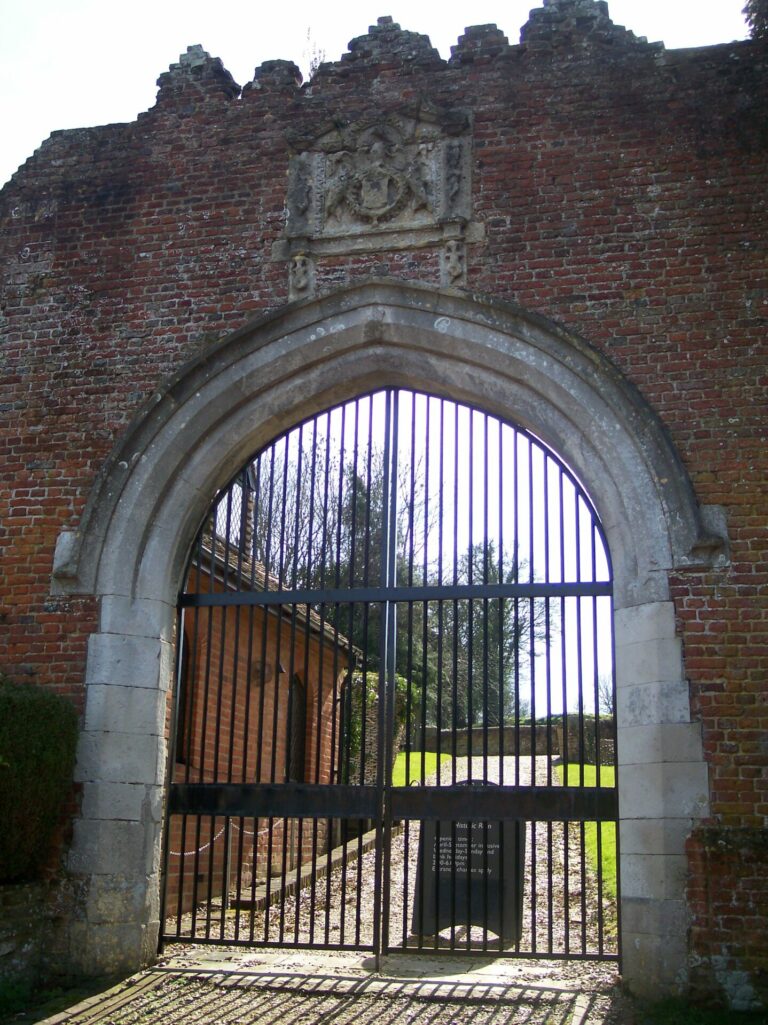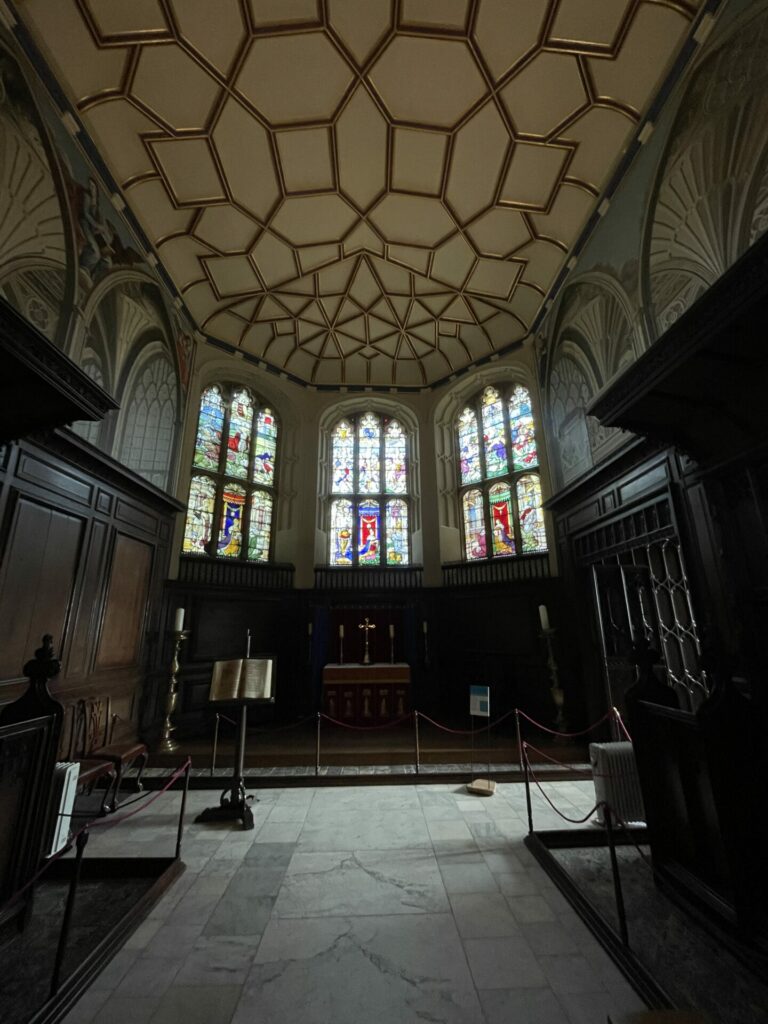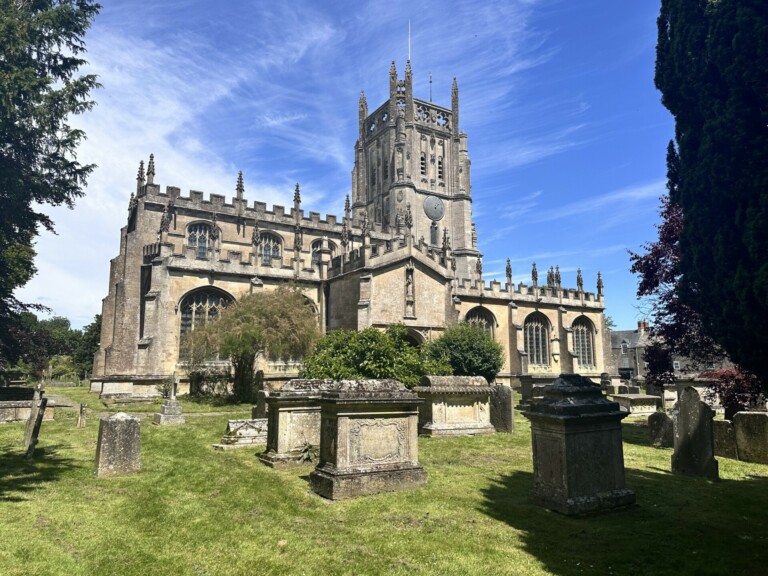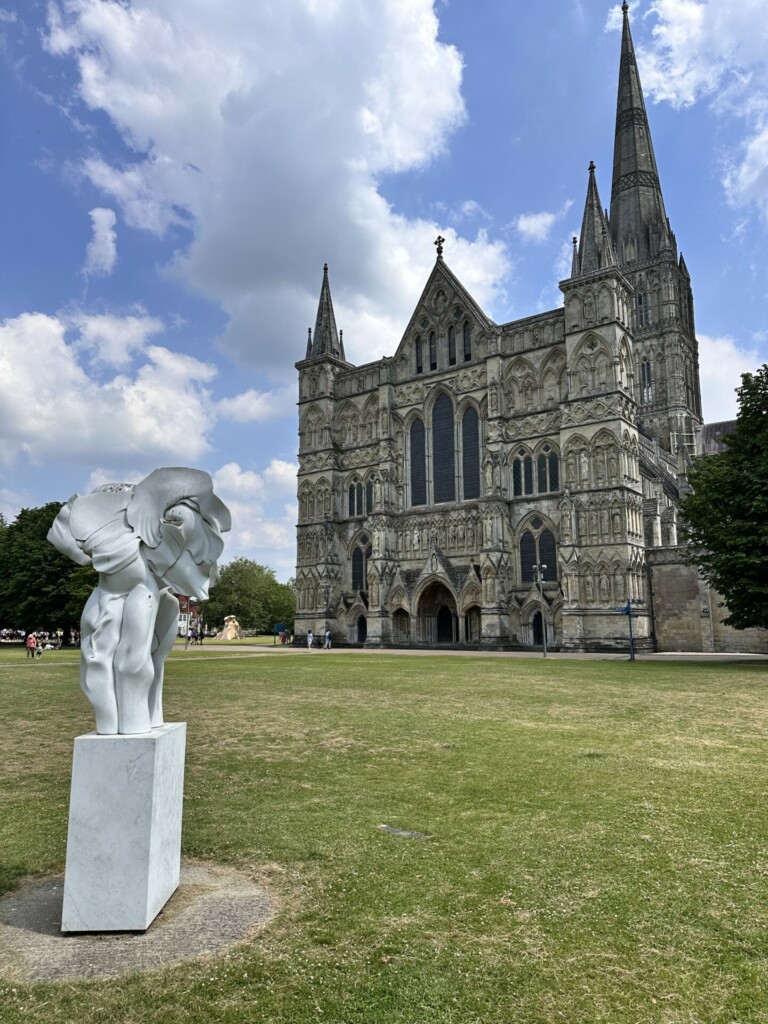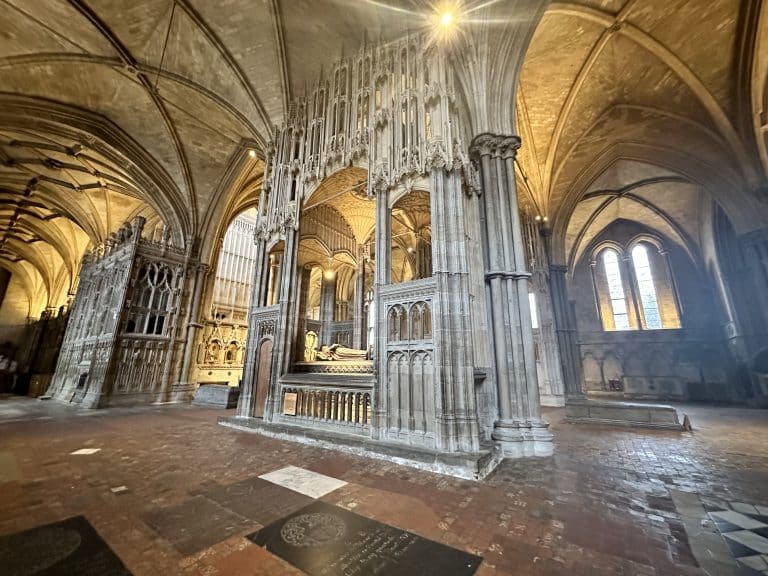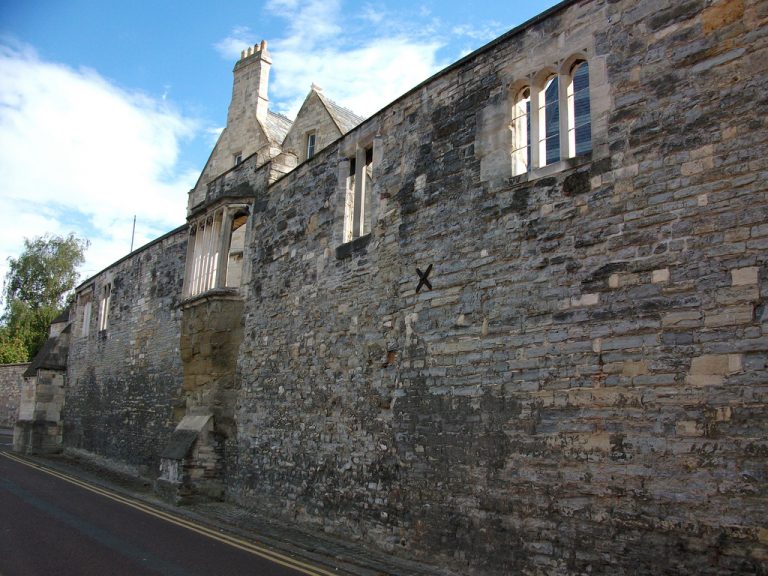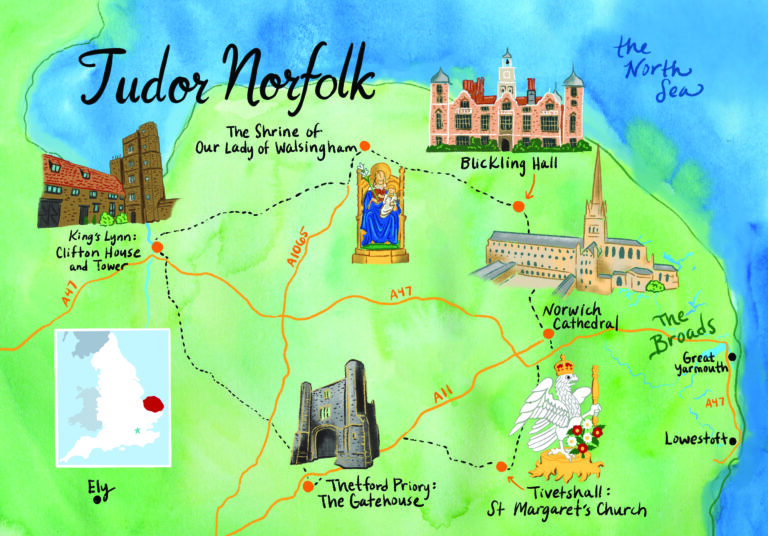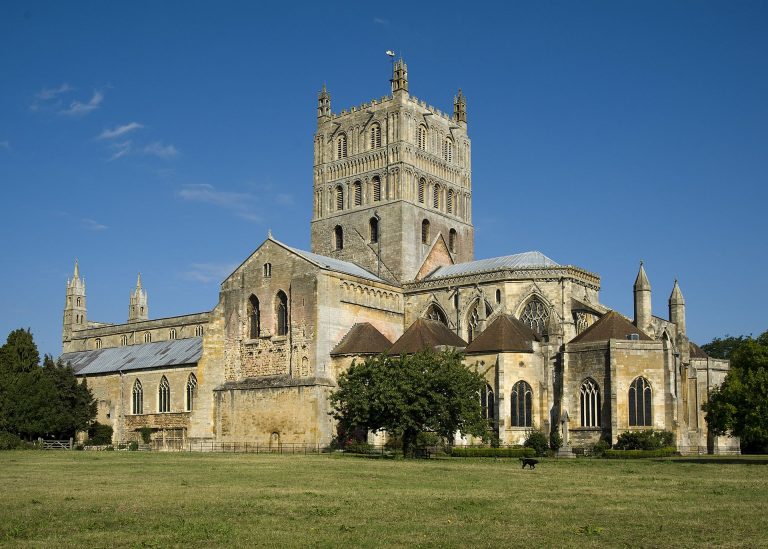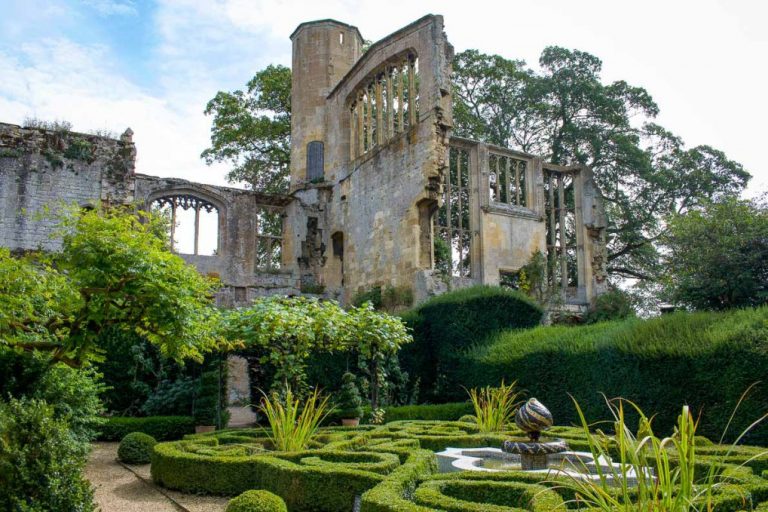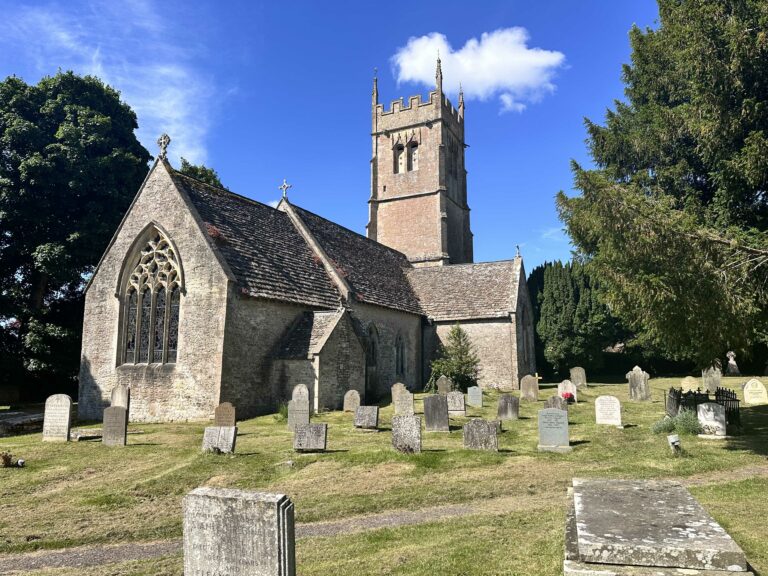The 1535 Progress: Basing House, Hampshire
After a short journey from Sherbourne St John, Anne and Henry arrived at Basing House, the principal seat of Sir William Paulet, Comptroller of the King’s Household, on 19 October 1535. One of the finest residences in the country, Basing House covered over 14 acres, and parts of the building rose to five storeys high.
While it is unclear whereabouts in the building the royal couple stayed, records suggest the impromptu two day visit cost Sir William Paulet in the region of £6000 (£600,000 in today’s money).

